Izbjegnite da vaš upit kasni s odgovorom, unesite svoj WhatsApp/WeChat/Skype zajedno s porukom kako bismo vas mogli kontaktirati prvi put
Odgovorit ćemo vam u roku od 24 sata. Ako je hitan slučaj, dodajte WhatsApp: +86 17864107808, ili WeChat: +86 17864107808. Ili nazovite +86 17864107808 direktno.
*Poštujemo vašu povjerljivost i svi podaci su zaštićeni. Koristit ćemo vaše podatke samo kako bismo odgovorili na vaš upit i nikada nećemo slati neželjenu e-poštu ili promotivne poruke.
In today’s competitive printing market, businesses are always searching for ways to boost profits. Is UV printing one of those opportunities? Let’s take a closer look.
UV printing can be a profitable investment due to its high-quality results, speed, and versatility. However, whether it’s profitable for you depends on factors like your target market and operating costs.
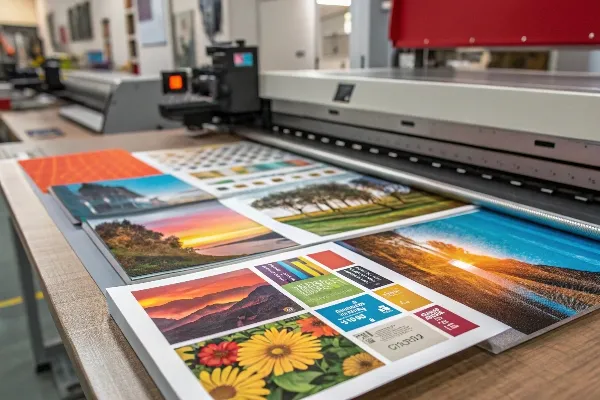
UV printing offers a unique advantage by allowing high-quality prints on a wide range of materials, but is it really worth the investment in the long run? Let’s explore.
How long does UV printing last? When you’re making an investment, understanding longevity is key. Here’s what you need to know.
UV printing’s life expectancy depends on the materials used and how it’s maintained. Typically, prints can last years, even decades, making it a valuable long-term investment for many industries.
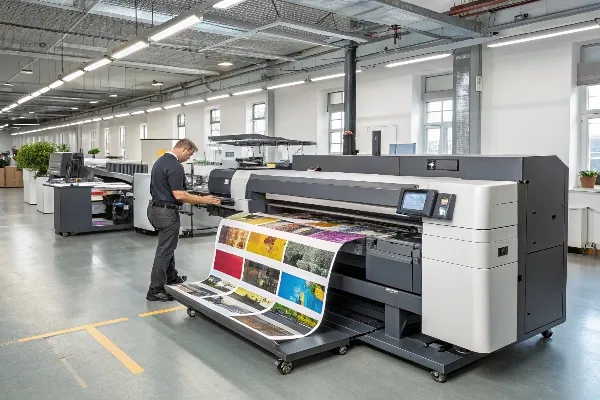
UV tisak technology is known for its durability. The life expectancy of UV prints can vary based on several factors. These include the type of substrate, the quality of ink used, and exposure to environmental factors like UV light and humidity.
In general, UV prints can last anywhere from 3-5 years outdoors with proper care, and even longer indoors. This durability makes UV printing an appealing choice for businesses requiring long-lasting printed materials.
The future of UV printing looks bright, but what does it hold for businesses like yours? Let’s take a look at upcoming trends and innovations.
UV printing is evolving with advancements in eco-friendly inks1, faster printing speeds, and improved material compatibility. The future points towards even greater versatility and efficiency.
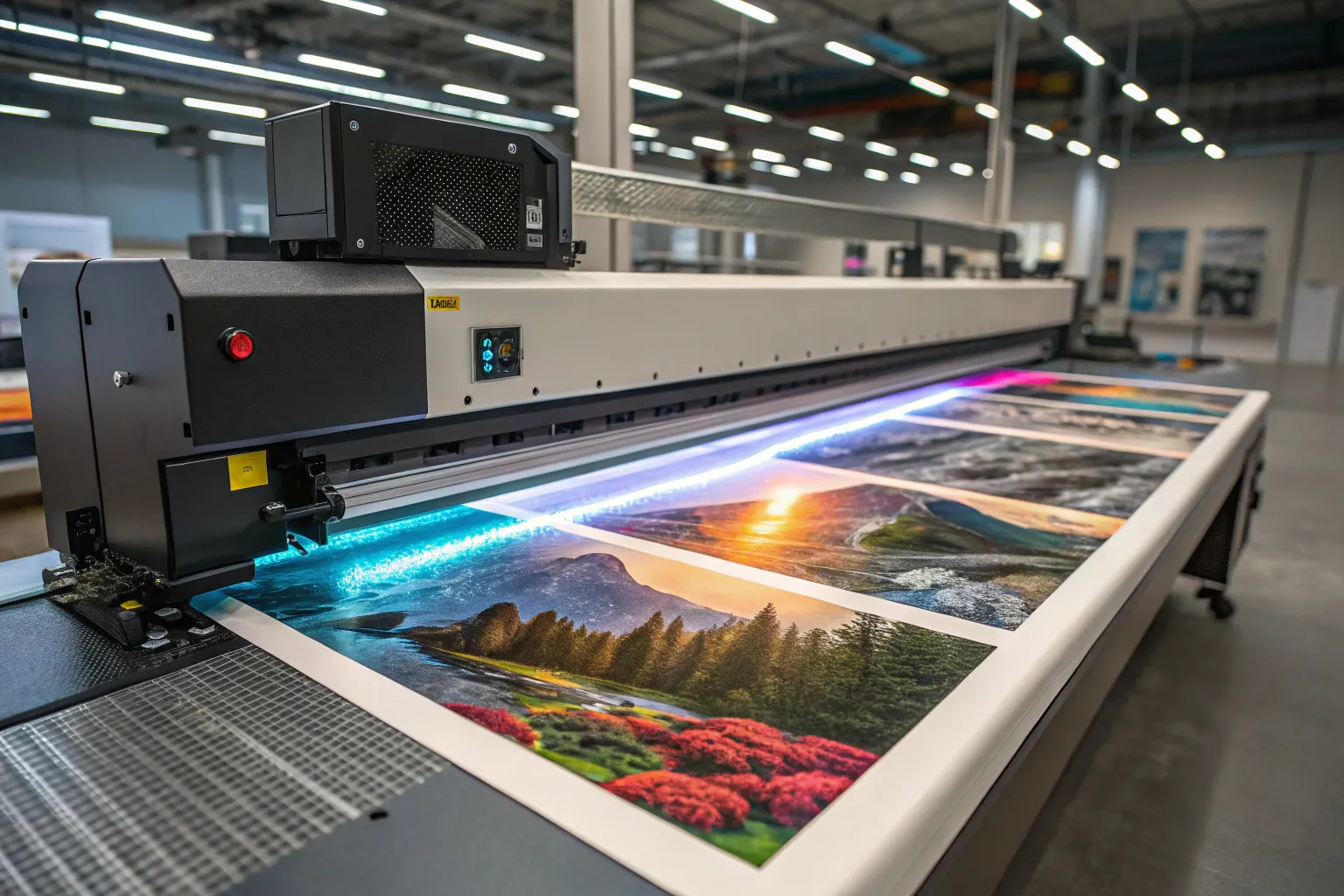
UV printing is evolving rapidly, especially in the areas of eco-friendliness and automation. The increasing demand for sustainable printing solutions is pushing the development of UV inks that are more environmentally friendly, offering reduced VOCs (volatile organic compounds) and better energy efficiency.
These advancements will help make UV printing an even more attractive option for businesses looking to scale and stay competitive in the printing industry.
When time is money, it’s important to know how long UV printing takes. So, how quick is the process?
UV printing is relatively fast, especially compared to other printing methods like screen printing or offset. Most jobs can be completed in a matter of hours, depending on size and complexity.
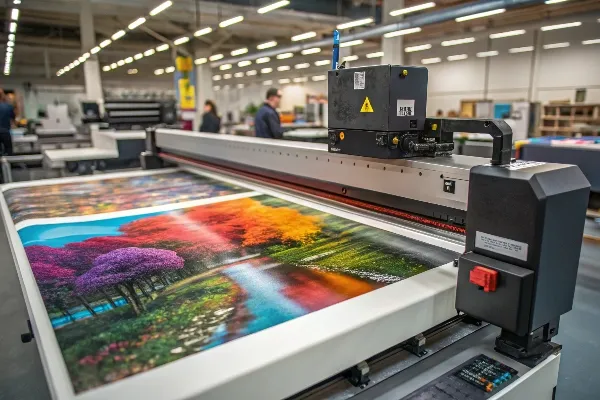
One of the key benefits of UV tisak is its quick turnaround time. Unlike traditional printing methods, UV printers do not require drying time because the ink is immediately cured with UV light. This allows businesses to produce prints in a fraction of the time compared to methods that require drying or curing.
On average, smaller print jobs can be completed in just a few hours, while large-format jobs may take a day or two, depending on complexity.
While UV ink has many advantages, it’s not without its downsides. What are the challenges businesses face when using UV ink?
UV ink is expensive and can be prone to cracking or fading under extreme conditions. Additionally, it can be difficult to work with on certain materials.
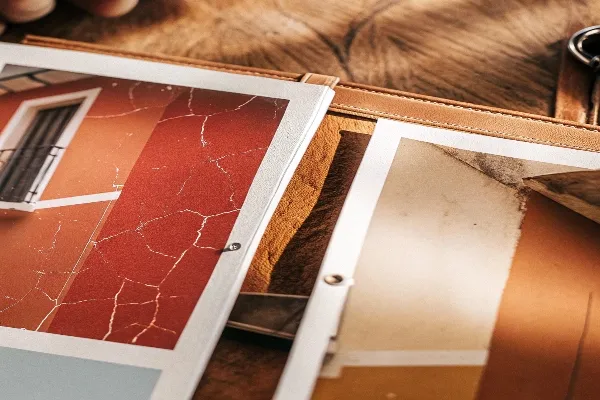
While UV ink is highly durable and produces vibrant prints, there are some disadvantages to consider. The most notable downside is its cost. UV ink is generally more expensive than traditional inks, which can raise the price of each print job. Additionally, some UV inks are prone to cracking when applied to flexible materials, especially in applications where the print needs to bend or stretch.
Despite these challenges, businesses that focus on durable, high-quality prints often find that the benefits outweigh the downsides.
UV printing is a profitable venture for many businesses, but careful consideration of costs, longevity, and material compatibility is essential to ensure success.